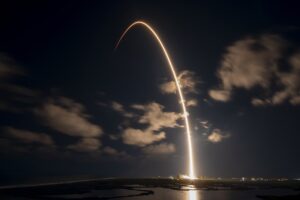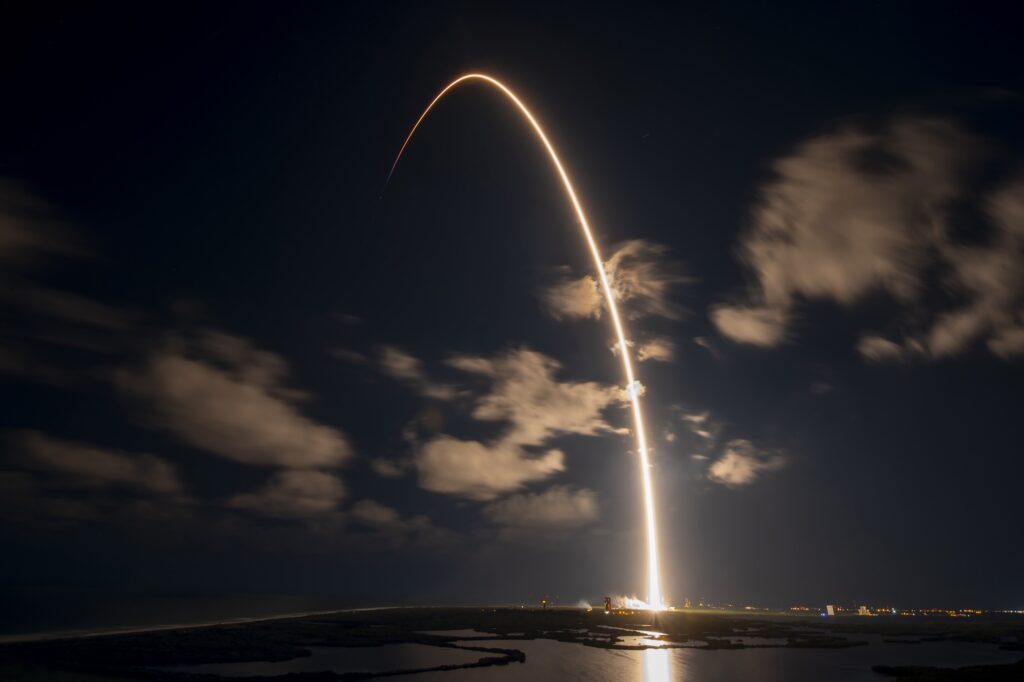NASA conducts 1st hot fire of new RS-25 Certification Test Series
Thursday, 19 October 2023 09:33 NASA conducted the first hot fire of a new RS-25 test series Oct. 17, beginning the final round of certification testing ahead of production of an updated set of the engines for the SLS (Space Launch System) rocket. The engines will help power future Artemis missions to the Moon and beyond.
Operators fired the RS-25 engine for more than nine minutes (550 seconds), longer than the 500 secon
NASA conducted the first hot fire of a new RS-25 test series Oct. 17, beginning the final round of certification testing ahead of production of an updated set of the engines for the SLS (Space Launch System) rocket. The engines will help power future Artemis missions to the Moon and beyond.
Operators fired the RS-25 engine for more than nine minutes (550 seconds), longer than the 500 secon PKU astronomers shed light on evolutionary paths of supermassive black holes and their host galaxies
Thursday, 19 October 2023 09:33 A new paper entitled "Evolutionary Paths of Active Galactic Nuclei and Their Host Galaxies," published on August 17, 2023, in Nature Astronomy, provides critical new insights on the co-evolution of supermassive black holes and their host galaxies.
The research, conducted by Dr. Ming-Yang Zhuang, who graduated from Peking University in 2022 and is currently affiliated with the University of
A new paper entitled "Evolutionary Paths of Active Galactic Nuclei and Their Host Galaxies," published on August 17, 2023, in Nature Astronomy, provides critical new insights on the co-evolution of supermassive black holes and their host galaxies.
The research, conducted by Dr. Ming-Yang Zhuang, who graduated from Peking University in 2022 and is currently affiliated with the University of Ancient diamonds shine light on the evolution of Earth
Thursday, 19 October 2023 09:33 The analysis of ancient, superdeep diamonds dug up from mines in Brazil and Western Africa, has exposed new processes of how continents evolved and moved during the early evolution of complex life on Earth.
These diamonds that were formed between 650 and 450 million years ago on the base of the supercontinent Gondwana, were analysed by an international team of experts, and have shown how s
The analysis of ancient, superdeep diamonds dug up from mines in Brazil and Western Africa, has exposed new processes of how continents evolved and moved during the early evolution of complex life on Earth.
These diamonds that were formed between 650 and 450 million years ago on the base of the supercontinent Gondwana, were analysed by an international team of experts, and have shown how s Satellites deliver 5G-quality connectivity
Thursday, 19 October 2023 07:00
High-speed internet access that delivers video streaming, gaming, and virtual and augmented-reality content via satellites to people living and travelling in remote areas has come a step closer.
Year 2075: martian rovers saved from cyber attack
Thursday, 19 October 2023 06:34 Image:
Image:
The scene was set: a research base on the Red Planet was struck by a cyberattack and eight teams on Earth had just a matter of hours to save it. Far from being a farfetched scenario, cyberattacks are unfortunately a daily problem for all sectors, including space exploration, and can have devastating consequences.
The ‘Pwn The Rover’ hacking contest was held on 17 October at ESA’s mission control centre in Darmstadt, Germany, in collaboration with Fraunhofer SIT and ATHENE-Center. Its goal was to bring together, educate
Virgin Galactic to perform suborbital research flight in November
Wednesday, 18 October 2023 23:46
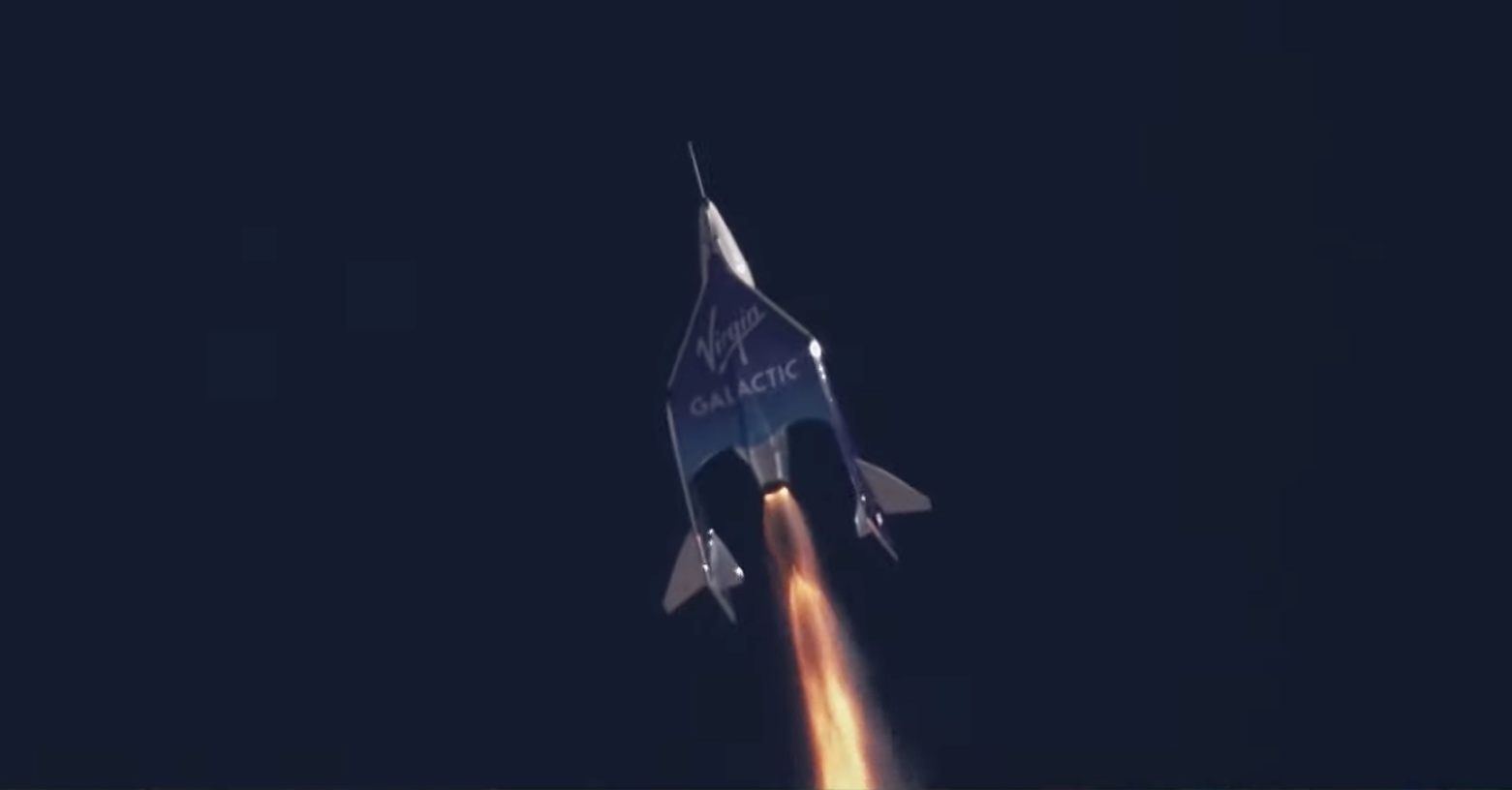
Machina Labs expands focus to satellites and reentry vehicles
Wednesday, 18 October 2023 22:35

Space Force finalizing roadmap for partnering with commercial companies
Wednesday, 18 October 2023 21:27

Satellite subsystems are the next hot commodity for space investors
Wednesday, 18 October 2023 20:16

How NASA's Europa Clipper will survive its trip to Jupiter's hostile moon
Wednesday, 18 October 2023 15:17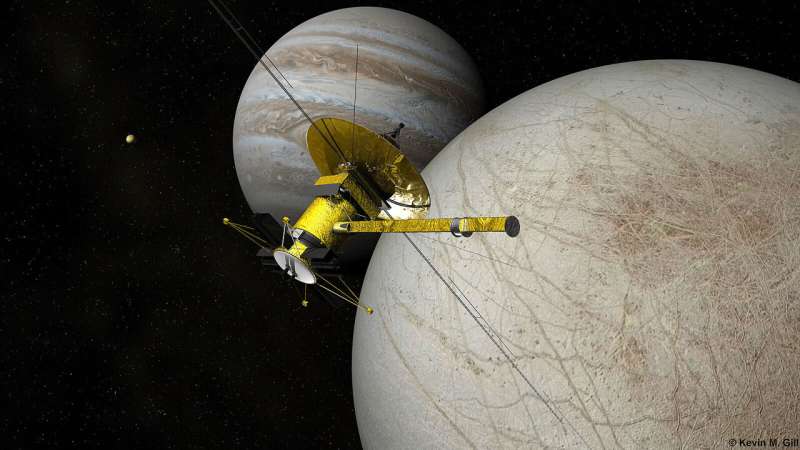
If life exists elsewhere in the solar system, it may well reside in the ocean of Jupiter's icy moon Europa.
The mysterious world appears to have the necessary ingredients for life as we know it. Beneath its frozen exterior is a single body of water that's so deep it may hold more liquid than all of the oceans on Earth. Europa is believed to have enough carbon, hydrogen, nitrogen, oxygen and other key elements to form the building blocks of living organisms. And scientists suspect the heat generated as the moon is stretched and squeezed by Jupiter's gravity would provide enough energy to sustain any creatures that might be there.
That's why NASA is building Europa Clipper.
The spacecraft will blast off from the Kennedy Space Center in Florida a year from now and reach its destination in 2030.
NASA's Psyche asteroid mission: A 3.6 billion kilometer 'journey to the center of the Earth'
Wednesday, 18 October 2023 15:11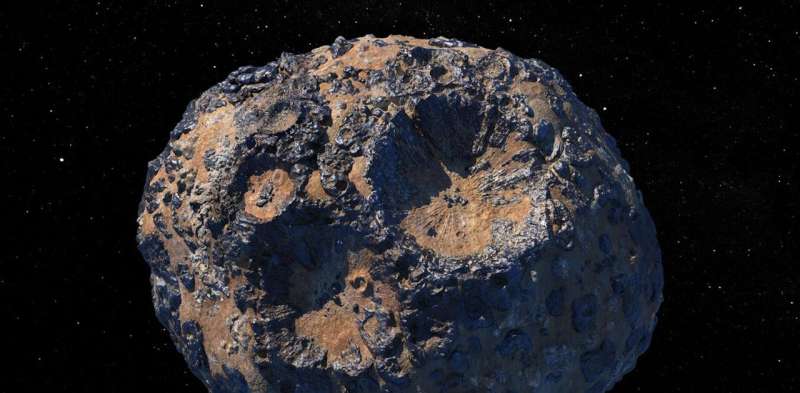
Psyche was the Greek goddess of the soul, born a mere mortal and later married to Eros, the God of love. Who knows why the Italian astronomer Annibale de Gasparis gave her name to a celestial object he observed one night in 1852?
Psyche was only the 16th "asteroid" ever discovered: inhabitants of the solar system that were neither the familiar planets nor the occasional visitors known as comets. Today we know the asteroid belt between the orbits of Mars and Jupiter contains millions of space rocks, ranging in size from the dwarf planet Ceres down to tiny pebbles and grains of dust.
Among all these, Psyche is still special. With an average diameter of around 226km, the potato-shaped planetoid is the largest "M-type" asteroid, made largely of iron and nickel, much like Earth's core.
Last week NASA launched a spacecraft to rendezvous with Psyche. The mission will take a six-year, 3.6 billion kilometer journey to gather clues that Earth scientists like me will interrogate for information about the inaccessible interior of our own world.
Axiom Space refines training for next private astronaut mission
Wednesday, 18 October 2023 14:41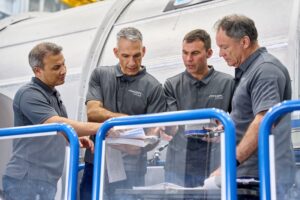
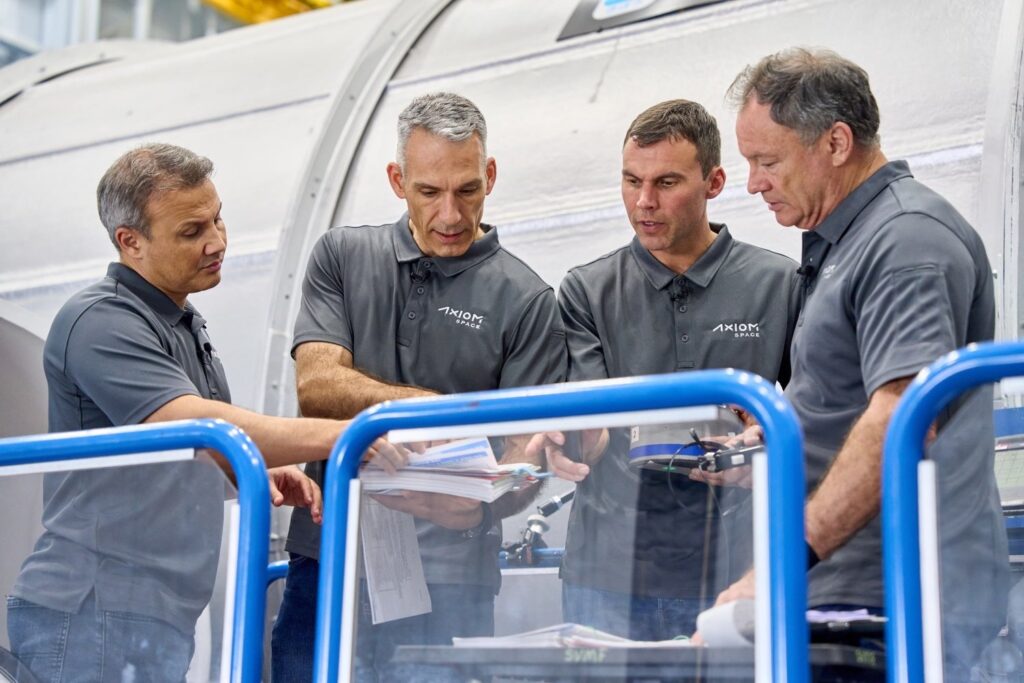
Study shows need for ITU to tighten regulations for low orbit satellites as filing numbers grow
Wednesday, 18 October 2023 13:35
A small team of political scientists and astronomers at the University of British Columbia has conducted a study of the number of filings to the International Telecommunication Union (ITU) by entities wishing to send satellites into low orbit and has found the numbers growing so fast that soon there will not be room for new satellite deployments. In their paper is published in the journal Science.
Satellites designed for use in communications systems must be put into low Earth orbit—most of them are used for internet services. But those wishing to deploy them must file for orbital space with the ITU, a United Nations entity that has been tasked with regulating Earth orbital space.
In recent years, large entities such as Starlink have filed for multiple orbital space slots in large bunches; such slots are used by multiple small satellites that together comprise a constellation. These are needed because the satellites are deployed in a geosynchronous orbit, which means multiple satellites are needed to create networks over large geographical areas, such as countries.
Prior research has shown that as more satellites are launched into low orbit, the belt around the planet becomes more crowded—eventually, there will no longer be room for any new satellites.
ESA seeks space applications ideas in Very Low Earth Orbit
Wednesday, 18 October 2023 12:49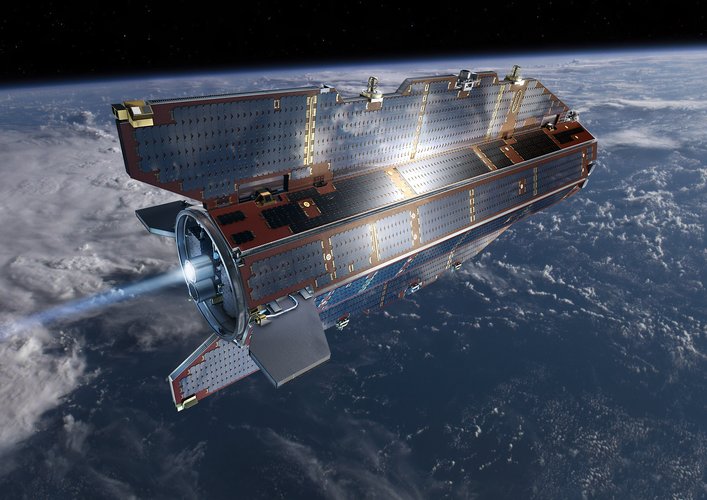
Very Low Earth Orbit (VLEO) offers attractive opportunities for space applications. ESA is calling for novel ideas to advance our understanding of what is possible in VLEO.

